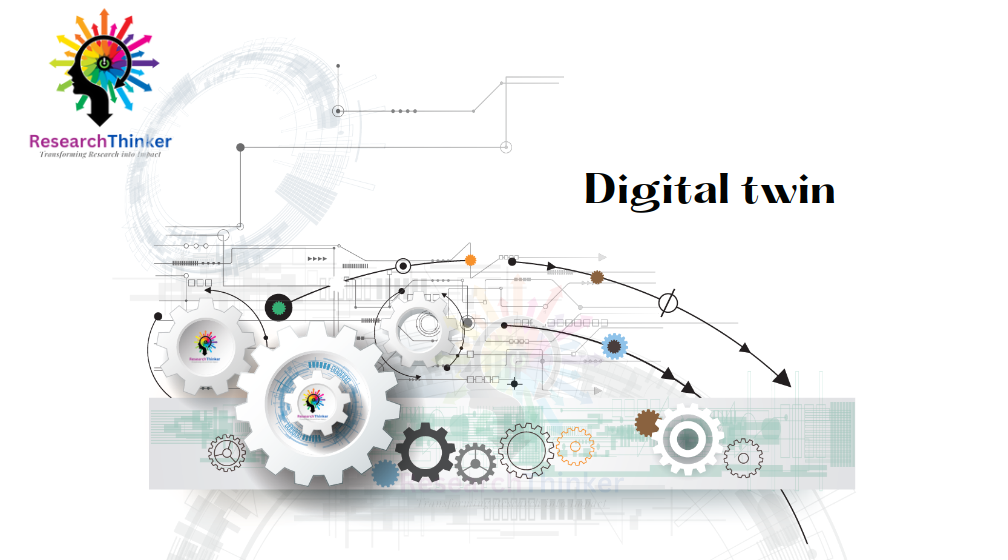Digital twins, which are virtual replicas of physical objects, processes, or systems, can help reduce losses in various industries in several ways:
- Improved Predictive Maintenance: Digital twins can be used to simulate the behavior of equipment and predict when maintenance is required. This can help reduce unplanned downtime and the associated losses.
- Better Resource Management: Digital twins can be used to optimize the use of resources, such as energy, water, and raw materials. This can help reduce waste and associated costs.
- Enhanced Product Quality: Digital twins can be used to simulate the behavior of products and identify potential issues before they occur. This can help reduce defects and associated losses.
- Improved Supply Chain Management: Digital twins can be used to simulate the behavior of supply chain systems, allowing organizations to identify potential bottlenecks and inefficiencies. This can help reduce delays and associated costs.
- Enhanced Process Optimization: Digital twins can be used to simulate the behavior of processes and identify areas where efficiency can be improved. This can help reduce costs and associated losses.
Digital twins can help reduce losses in various industries by providing organizations with more accurate, data-driven insights that can be used to optimize operations and reduce waste. By leveraging this technology, organizations can improve their bottom line and gain a competitive edge.





